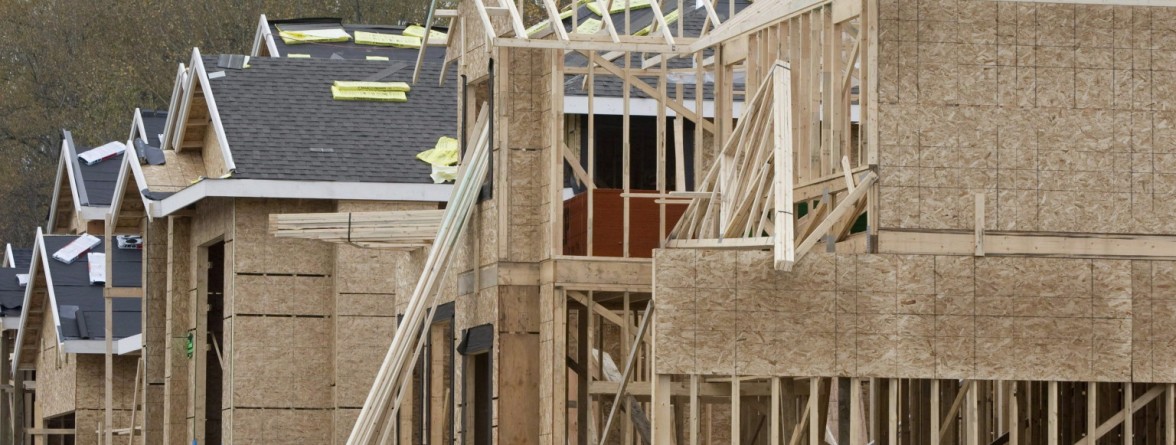OTTAWA — The trend measure of housing starts in Canada was 185,586 units in July compared to 184,035 in June, according to Canada Mortgage and Housing Corporation (CMHC). The trend is a six-month moving average of the monthly seasonally adjusted annual rates (SAAR) of housing starts.
“Housing starts in Canada have been trending higher over the past three months, with gains in multiple starts offsetting declines in single starts,” said Bob Dugan, CMHC’s Chief Economist. “The decline in single starts is in line with CMHC’s expectations of buyers shifting demand away from higher priced new single-detached homes towards lower-priced alternatives. Gains in multiple starts are largely due to higher rental apartment starts, a substantial portion of which are seniors’ residences.”
CMHC uses the trend measure as a complement to the monthly SAAR of housing starts to account for considerable swings in monthly estimates and obtain a more complete picture of the state of Canada’s housing market. In some situations analyzing only SAAR data can be misleading, as they are largely driven by the multi-unit segment of the market which can vary significantly from one month to the next.
The standalone monthly SAAR was 193,032 units in July, down from 202,338 units in June. The SAAR of urban starts decreased by 5.9 per cent in July to 176,998 units. Multi-unit urban starts decreased by 8.2 per cent to 119,478 units in July and the single-detached urban starts segment decreased slightly, by 0.8 per cent to 57,520 units.
In July, the seasonally adjusted annual rate of urban starts decreased in Ontario, the Prairies, Atlantic Canada and Québec, while it increased in British Columbia.
Rural starts were estimated at a seasonally adjusted annual rate of 16,034 units.
As Canada’s authority on housing, CMHC contributes to the stability of the housing market and financial system, provides support for Canadians in housing need, and offers objective housing research and information to Canadian governments, consumers and the housing industry.
1 The trend is a six-month moving average of the monthly seasonally adjusted annual rates (SAAR). By removing seasonal ups and downs, seasonal adjustment allows for a comparison from one season to the next and from one month to the next. Reporting monthly figures at annual rates indicates the annual level of starts that would be obtained if the monthly pace was maintained for 12 months. This facilitates comparison of the current pace of activity to annual forecasts as well as to historical annual levels.
2 CMHC estimates the level of starts in centres with a population of less than 10,000 for each of the three months of the quarter, at the beginning of each quarter. During the last month of the quarter, CMHC conducts the survey in these centres and revises the estimate.
3 Urban centres with a population of 10,000 and over.




